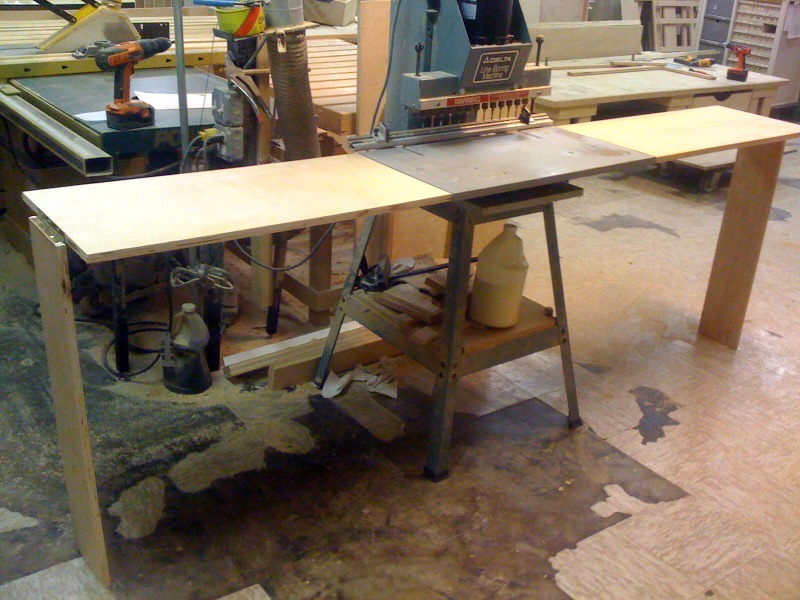MDF Doors: One-Piece Versus Two-Piece
This discussion about fabricating MDF doors includes a closer look at why MDF warps, and about the difference between premium and commodity-grade material. July 13, 2010
Question
I'm looking at producing MDF doors for the local market. I'm not sure whether to make 1 piece or 2 piece doors. My main concern about 1 piece doors in a flat panel (Shaker and similar) style is that the door may warp. I'm hoping we can use a premium MDF (our supplier has Flakeboard Superior Plus) and go 1 piece, but am interested in other people's experience.
Forum Responses
(CNC Forum)
From contributor M:
We've done a lot of one piece raised panels for walls and doors. If you use a good quality MDF, the warp is minimal. But some of that will depend on how big your panels are and how wide your stiles and rails are. As well as how wide your raised rails are.
From contributor J:
As a consumer of your end product, we prefer 2 piece doors. Less sanding on the panel, and when the back of the door has the panel inset, it looks more like a traditional wood door. It is a little thing, but for us it matters.
From contributor K:
I understand what a 1 piece MDF door is, but what exactly is a 2 piece MDF door? If it is a 1 piece frame and a panel, how do you set the panel?
From the original questioner:
A 2 piece door, at least the way we have done it, is a frame and a panel with the panel glued in from the back.
From contributor K:
I see; so that would require twice the material and a flip operation?
From the original questioner:
Well, not twice the material, more like 50% more, and it's thinner, 3/8 or 5/8 depending on flat or raised panel. When I've done these I do the back only. This means that the front has to be plain with a 90 degree reveal. I'd rather do a 1 piece but am concerned about warping.
From contributor K:
I guess a guy could also run the front profile/outside edge on a shaper or router table with feeder. Would still be quicker than fixturing up for a flip op on either side, or going to true 5 piece door possibly, or the possibility of the joint cracking on the 5 piece. I have not had a single piece warp that I know of, but I have only done about 3-4 kitchens with them. I still prefer a maple frame and MDF panel for paint grade and I buy those out.
From contributor R:
To the original questioner: You have it exactly right. The warp issue is all about the variation of density throughout the MDF board. In other words, commodity grade MDF is far harder at the surface than it is in the core, partly due to surface sizing and partly due to manufacturing technique. This is fine for painting and working it as a panel, but if you rout through the hard layer on one side and the internal stresses are relieved on that side, you have warp. In reality it's a little more complicated, but that is the gist of it.
If you use a higher quality MDF that is specifically designed for doors and profiling, you will have a lot less warp, almost none in fact. But the real savings will be in the way the open field takes finish and sanding. Using standard commodity grade MDF will cause you a huge amount of problems on both issues. Most people try making these in regular MDF, get frustrated and just quit.
Try a sheet or two of Medex or Panfiber Elite. Many of the other manufacturers offer a high grade product too. You will be amazed at the difference. Yes, it costs more per square foot, but your savings in finish time alone will far outweigh any material costs. Also, factoring in the double sheet waste, you are really not spending much more in material. Keep an open mind and experiment with different grades of high quality MDF. I have made many thousands of one piece doors in Medex or similar boards successfully. One piece doors will not work well for Shaker style in just any old MDF.
From contributor B:
One piece with melamine back = no warp.
From contributor P:
Contributor B is right. You buy MDF with a melamine back, experiment with your door style, and order it pre-stressed if necessary (a factory warp - about 2mm from edge to centre - or whatever you specify). It makes the finishing way easier (1 side only).
